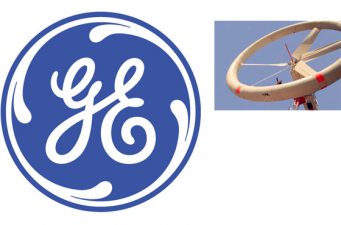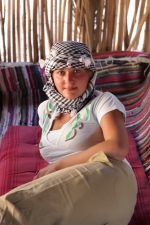 Every day is a beach day in Morocco. In a smart move, the country unveils its plans to solar-ize the nation. Image via joaomaximo
Every day is a beach day in Morocco. In a smart move, the country unveils its plans to solar-ize the nation. Image via joaomaximo
Countries in the Arab world are starting to wake up to the potential of solar energy, especially those with no known oil reserves. Morocco is the latest to announce its intentions to solar-ize the country in a $9 billion project, reports the Global Arab Network. When completed, by around the year 2020, Morocco could be supplying about 40% of its entire energy needs by way of the sun. The goals are ambitious, but Morocco’s officials say that the sunny North African country is clearly positioned to deliver: with 3,000 hours of sunshine a year, the country “feels” about 5 kWh per square metre per day.
According to the report, which is based on a late 2009 Reuters story, the country-wide project will include 5 solar power stations, each to produce 2000 MW of electricity in the regions of Ouarzazate, Ain Bni Mathar, Foum Al Oued, Boujdour and Sebkhat Tah.
“This is a bold but realistic project. We will guarantee all the technical and financial resources to make it succeed,” said the country’s Energy Minister Amina Benkhadra. The country is currently looking for tech partners, so prepare those tenders!
As the only North African country with no oil production, its ministers are eager to cut foreign gas and oil imports and to green the country’s carbon footprint. Meanwhile potential partners could include the World Bank, the European Commission, and Germany, and this new ambitious initiative could connect with Desertec, a coalition of 13 energy and technology companies which plans on creating a renewable energy grid in Africa and shipping the energy to Europe.
The Desertec Initiative was launched in 2009 with the intention of bringing together firms with experience in power generation, to build a series of concentrated solar power (CSP), photovoltaic (PV) and wind projects in the Middle East and North Africa region.
Other Arab countries has expressed their desire to go solar including Algeria, Qatar, Tunisia and Saudi Arabia. Jordan, Syria and Tunisia are also heading in the right direction by encouraging the use of domestic solar heating systems. Nearby in Israel, typically not mentioned by Arab news networks in a positive light, the use of such water heaters is quite widespread – even in the Palestinian Authority territories. Israel is also recognized as a world leader in innovating solar energy solutions. Cooperation with Morocco, of which many Israelis share a rich history, might ensue via this new solar announcement.
Solar panels are already used in some remote, off-grid, rural areas in Morocco, and a couple of windmills have already started producing clean power: one in Tangiers and another near Tarfaya. It will be a marvel and green miracle if Morocco goes on track to provide nearly 40% of its energy needs by way of the sun. And we look forward to reporting more news on this exciting announcement.
More on solar power:
The Middle East Could Power World Three Times Over
MENASOL Conference to Tap Into North African-Middle East Solar Potential
Qatar and Syria Look To Turn Deserts Green With Solar Power




Thanks , I have just been searching for information approximately this subject for a while and
yours is the greatest I have discovered so far. However, what concerning
the conclusion? Are you certain in regards
to the source?